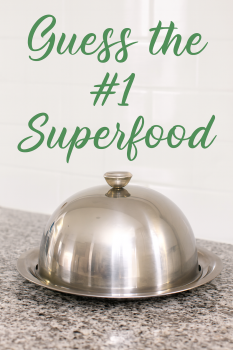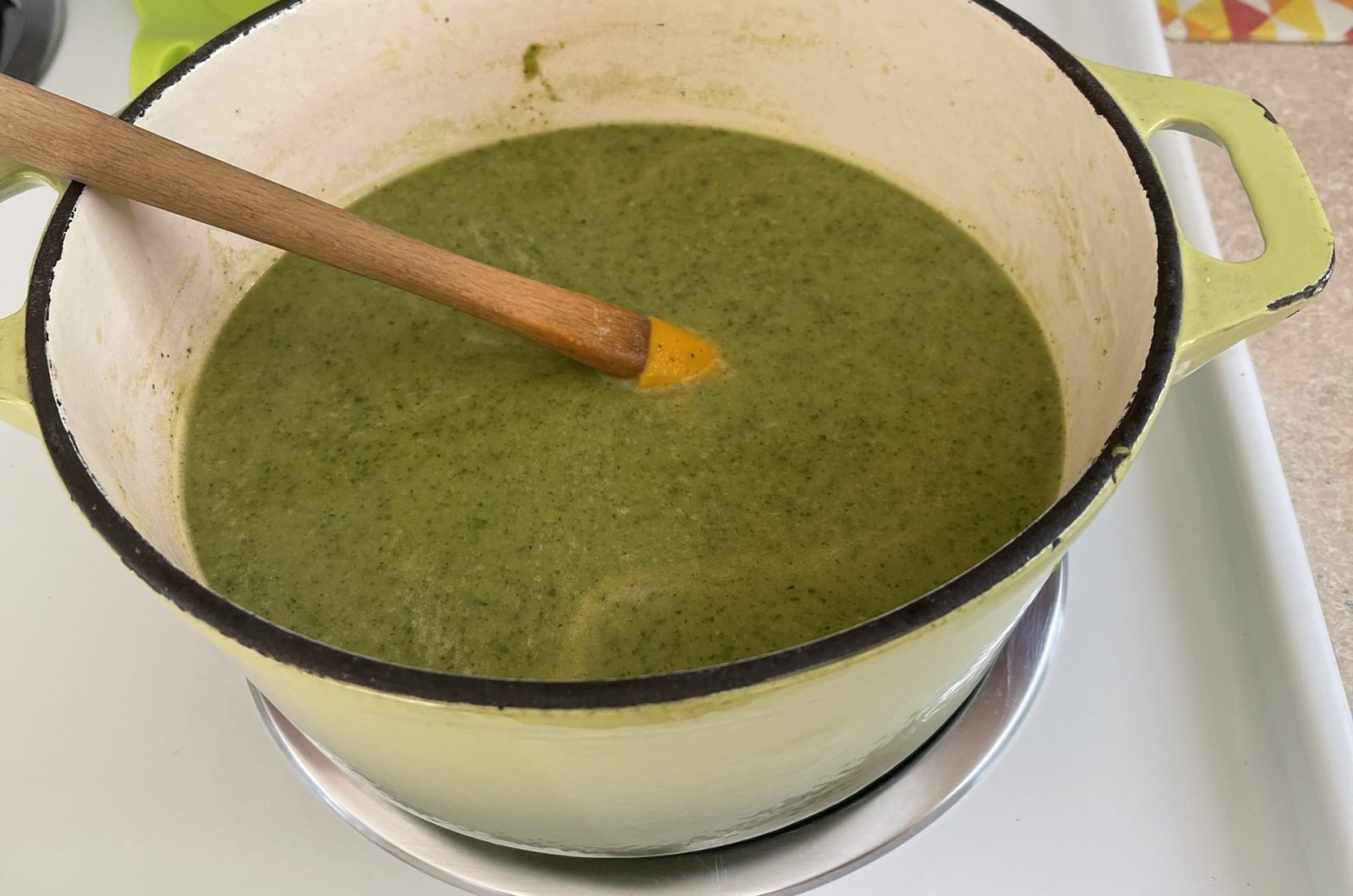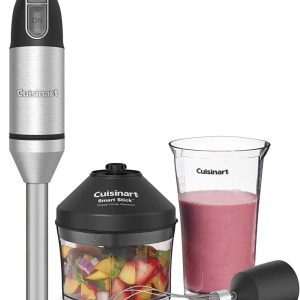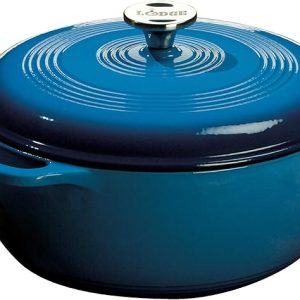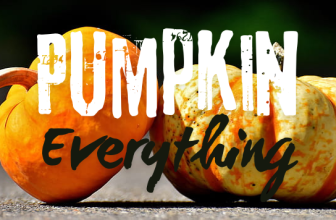If you’re trying to eat healthy, you definitely know about the foods that are marketed as “superfoods” like spinach, kale, acai berries, blueberries, and others.
But chances are that you'd never guess (and are not eating) the #1-ranked superfood – WATERCRESS!
Yes, I said watercress. Until about 15 years ago, I only knew watercress as something that was used in fancy (no crust) finger sandwiches at high tea. However, watercress is widely recognized as a “superfood” due to its extraordinary nutrient density with virtually no calories.
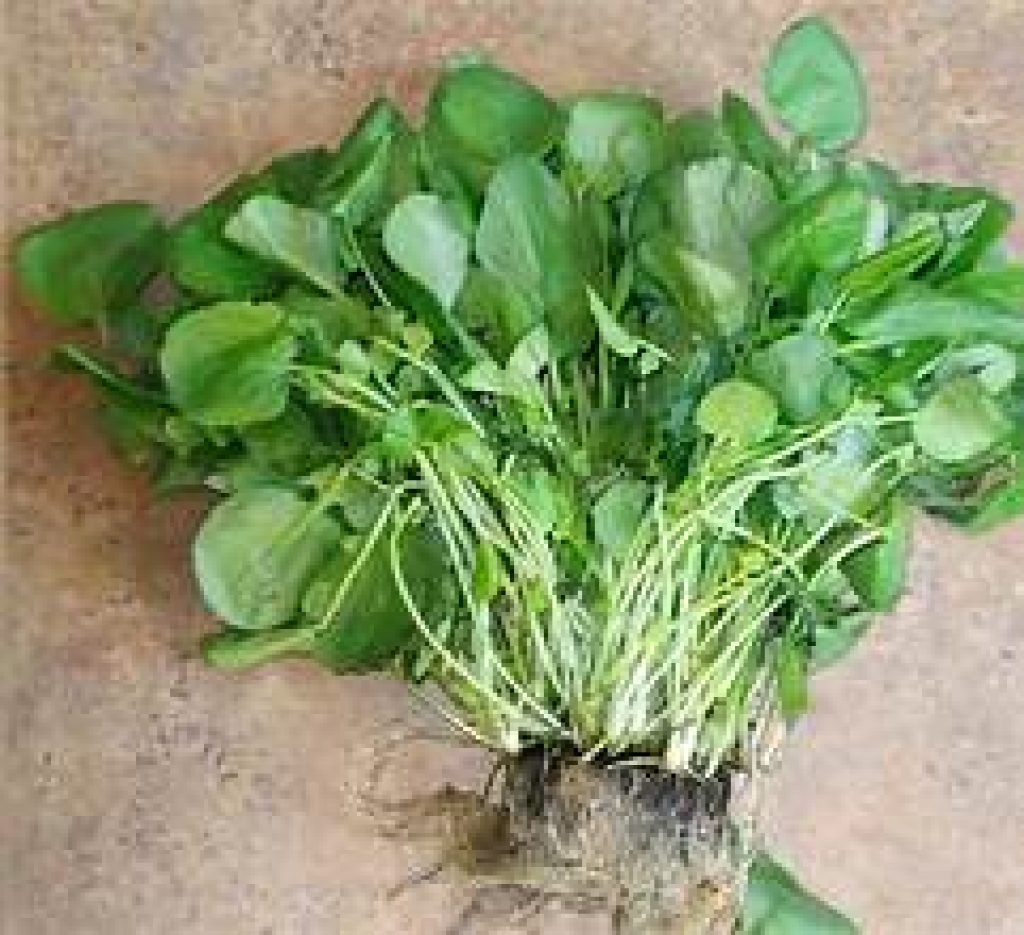
Watercress is a leafy green cruciferous vegetable (same family as broccoli, kale, arugula, Brussels sprouts). It typically grows in flowing spring water and has a peppery, slightly bitter taste. Watercress has been around for centuries. The Romans used it as a staple food for workers during the Industrial Revolution.
This is not some marketing hype. It’s backed by science. Watercress ranked #1 with a perfect score of 100. That’s higher than kale, spinach, or chard.
- Watercress’s top ranking comes from the Centers for Disease Control and Prevention (CDC).
- Nutrient density scores were calculated based on 17 essential nutrients (weighted by their impact on public health).
- Foods that provided more than 10% of the daily value per 100 kcal for at least 10 nutrients were considered “powerhouse” foods.
- While terms like “superfood” aren’t officially regulated and are often used for hype, the CDC’s list is science-backed and objective.
According to the CDC Powerhouse Fruits and Vegetables report, the top 10 ranked by nutrient density score are:
Watercress – 100.0
Chinese cabbage (bok choy) – 91.99
Chard – 89.27
Beet greens – 87.08
Spinach – 86.43
Chicory – 73.36
Leaf lettuce – 70.73
Parsley – 65.59
Romaine lettuce – 63.48
Collard greens – 62.49
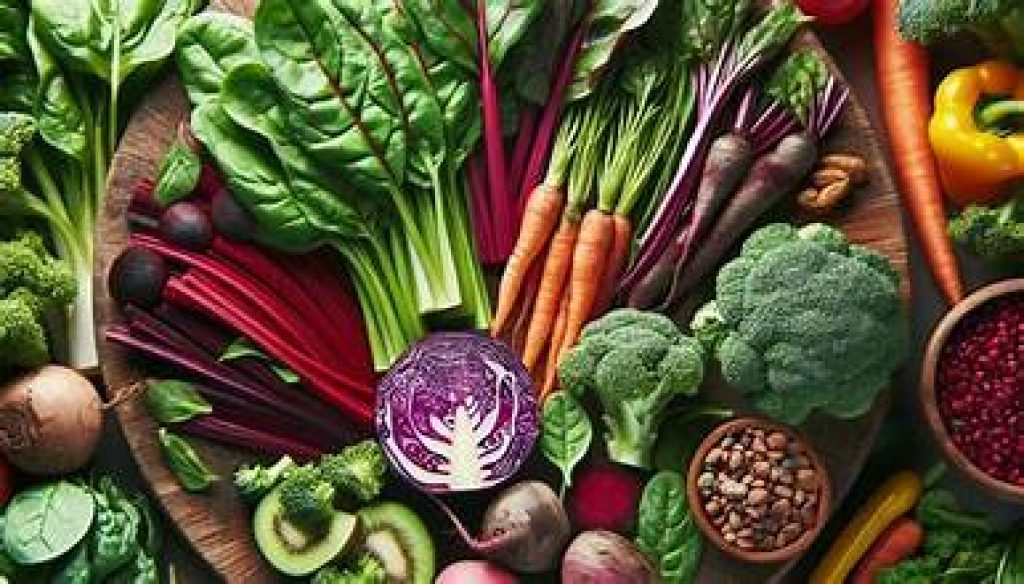
Watercress is extremely nutrient-dense while being very low in calories. One cup (34g) of raw provides roughly:
- Calories: 4
- Protein: 0.8g
- Carbs: 0.4g
- Fiber: 0.2g
- Vitamin K: 106% DV (supports blood clotting & bone health)
- Vitamin C: 24% DV (antioxidant, immune support)
- Vitamin A: 22% DV (eye health, skin)
- Calcium: 4% DV (bone strength)
- Manganese: 4% DV (enzyme function, metabolism)
It’s also high in antioxidants (beta-carotene, lutein, zeaxanthin) and glucosinolates, compounds studied for anti-cancer potential.
Over the weekend, I made my favorite watercress soup as the opening course for a special birthday dinner. I didn’t tell my friend what it was before she tried. She loved it, and when I finally revealed that it was watercress, she said, “If I saw that on a menu, I would never, ever order it. But it’s amazing!” I gave her a container to take home, and the next day I received a text that her husband ate it all for lunch. She wasn’t happy with him.
She asked for the recipe so she could make more. Since I was sharing it with her, I thought I would also share it with all of you.
Despite having no cream, the soup has a rich, silky texture from the potatoes. It's easy, tasty, and very satisfying.
Watercress Soup
Watercress can often be found in the herb section of the grocery store. The bunches should be thick-stemmed, and the leaves should have a strong, peppery bite. For this soup, include the stems. Be sure to wash the greens thoroughly in cold water.
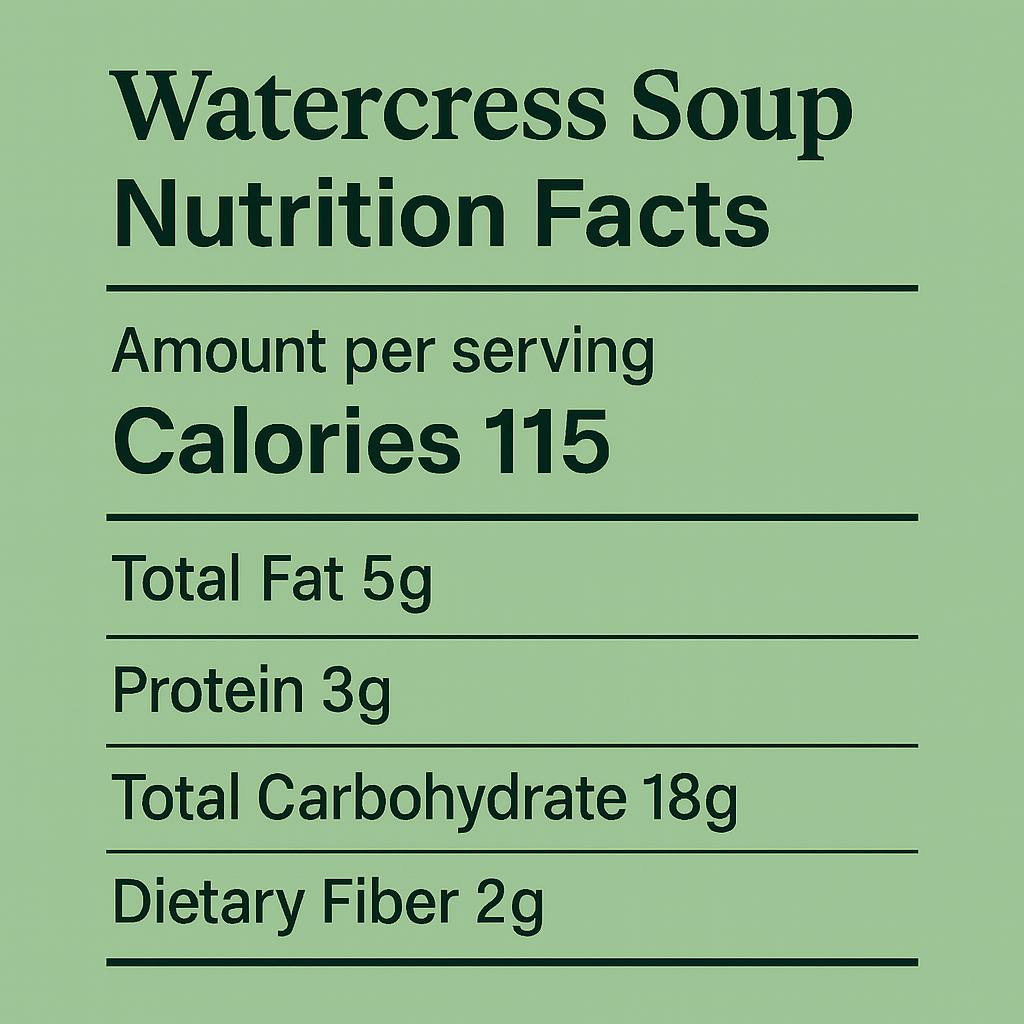
6 to 8 servings
Prep time: 15 minutes
Cook time: 40 minutes
Watercress is not just hype. It’s literally the #1 scientifically ranked powerhouse vegetable. Compared to trendy superfoods like acai or chia (which are high in antioxidants but limited in broader nutrients), watercress delivers a wide spectrum of vitamins and minerals at very low calories.

